Everyone needs to know their heritage – personal and of the nation. Help your kids brush up on history and geography these holidays by visiting one of Australia’s many World Heritage sites.
A site becomes listed on the World Heritage list once it is nominated by a country to UNESCO (the United Nations body responsible for education, science and culture). The aim is to help protect a stunning natural place or a building, complex or even a city with special significance.
There’s almost 1,000 cultural and national treasures to choose from around the world. Some are destinations of sublime beauty and others of historical or cultural significance – but either way they should inspire young travellers with an active, inquiring mind.
Here are five World Heritage sites in Australia to get you started – all worth a visit. If you can’t get there these coming school holidays, keep them in mind for the future.
1. Sydney Opera House
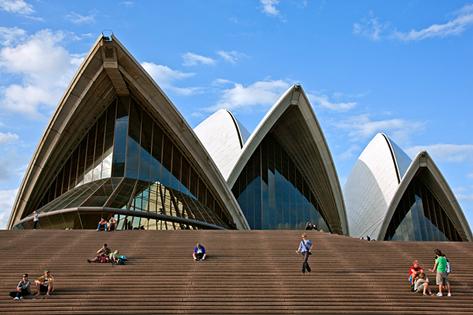
If you haven’t seen this building in real life, it’s everything you expect it to be and more, set in a beautiful location on Sydney Harbour. It was designed by Danish architect, Joern Utzon, and opened in 1973 by the Queen and, along with the entire precinct from the Sydney Harbour Bridge to the Botanical Gardens, is one of the liveliest sections of the city. According to National Geographic, “during the day, the building’s scale-like ceramic tiles glint in the sunlight; at night, the space glows like Neptune’s underwater castle.”
Kid appeal
- Song, dance, high drama, and special programs during the holidays make this one-half of an internationally recognised Australian structure (the Harbour Bridge is the other) a top attraction.
2. Great Barrier Reef, Queensland
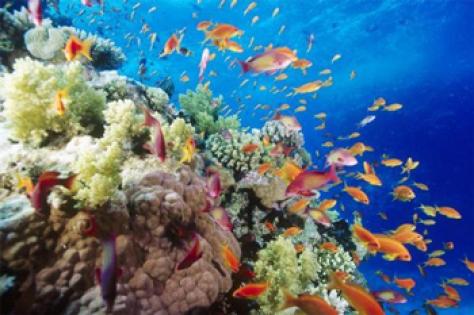
Ecologists have been warning for at least 40 years that the unique Great Barrier Reef is dying a slow death due to the Crown of Thorns starfish which likes to eat coral. This has become worse in recent years with adverse weather events. But even if you had a lifetime, you probably couldn’t see all of this underwater wonderland. It’s not a single reef but a group that stretches 2,000 kilometres from north to south, and is home to almost as many fish species, as well as a diversity of plant and other animal life. Around 2,000,000 tourists visit the Great Barrier Reef each year, adding $1 billion to the Queensland economy. In truth, December/January is not the best time to visit – but it’s something to plan ahead for Easter, mid-year or September holidays.
Kid appeal
- The sheer beauty of this great spectacular of nature, snorkelling, swimming - and finding Nemo!
3. Australian Convict Sites, WA, Tasmania, NSW and Norfolk Island
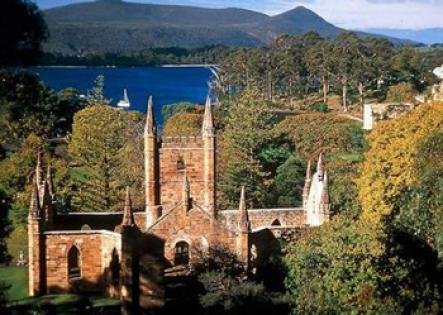
The Australian convict sites encompass 11 penal sites spread from Fremantle in Western Australia to Kingston and Arthur’s Vale on Norfolk Island, and from areas of Sydney to the most famous penal settlement of them all, Port Arthur, south of Hobart in Tasmania. Around 166,000 men, women and children were sent to Australia between 1787 (they arrived on 26th January 1788) and 1868, punished mostly for relatively minor crimes. Together, the Australian convict sites are the best surviving examples of large-scale convict transportation and the British colonial expansion through convicts in the late 18th and 19th centuries.
Kid appeal
- Learning about white history and settlement. It’s worth looking at what’s available in any of the locations that are part of this listing. In Port Arthur, for example (pictured), there’s an ‘Amazing Race’ which is like an historical scavenger hunt, Island of the Dead cemetery tours, harbour cruise and guided ghost tours.
4. Fraser Island, Queensland
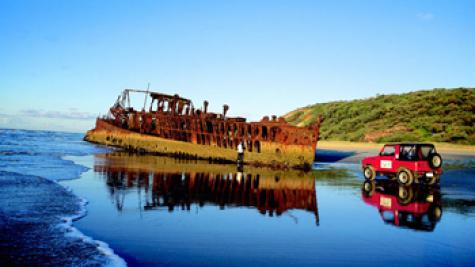
Just off the east coast of Queensland, 300km from Brisbane, Fraser island is the largest sand island in the world (main picture also). It boasts of tropical rainforests, inland freshwater dune lakes, long uninterrupted white beaches and is flanked by coloured sand cliffs. It’s nature – pure and simple – and not a lot else, but there’s plenty of places for families to stay ranging from camping grounds to resort-style hotels on the island or at towns such as nearby Hervey Bay. At a stretch, you can visit Fraser Island as a long-day trip from the Sunshine Coast.
Kid appeal
- Nature, bush and beach walks, paddling, swimming, Segway adventures, 4 wheel driving over sand dunes and shipwreck-spotting!
5. Royal Exhibition Building and Gardens, Melbourne
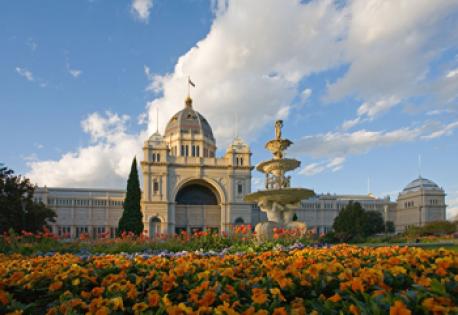
It could be that not many people realise that this was the site of Australia’s first foray into hosting an international mega-event – what is now known as World Expo in 1880. Melbourne wanted to emulate the success of the Crystal Palace exhibition in London in 1851. Melbourne in the second half of the 19th century was a prosperous city – much more so than its biggest rival, Sydney – basking in the wealth of the richest gold rush in the world. Most of the layout of the city and its buildings also reflected the same style as the equally prosperous and successful European empires. The Royal Exhibition Building is one of the world’s oldest exhibition pavilions, symbolising the moves towards international exhibitions and get-togethers (remember the first modern Olympics was only 16 years later), as well as the showcasing of prosperity and style through opulent and expansive buildings.
Kid appeal
- It will be hard-going for most kids, unless they’re already into art, design or history. But if it means a trip to Melbourne for them, tell them this is part of the deal! It’s worth a visit especially if it coincides with the 2pm guided tour, because there are not many buildings like it in Australia. And if you’re there on 18&19 January, there’s a ‘Brickvention’ – an Australian convention for LEGO fans!
Australia has 14 other sites on the World Heritage List. They are:
- Australian Fossil Mammal Sites (Queensland and SA)
- Gondwana Rainforests of Australia (mostly Queensland)
- Greater Blue Mountains Area (NSW)
- Heard and McDonald Islands (Australian Antarctic Territory)
- Lord Howe Island Group (Lord Howe Island)
- Macquarie Island (Australian Antarctic Territory)
- Ningaloo Coast (WA)
- Purnululu National Park (WA)
- Shark Bay (WA)
- Wet Tropics of Queensland (Queensland)
- Kakadu National Park (NT)
- Tasmanian Wilderness (Tasmania)
- Uluru-Kata Tjuta National Park (NT)
- Willandra Lakes Region (NSW)





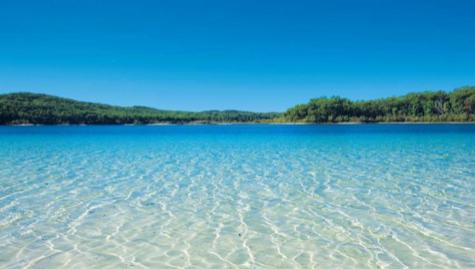













__small.png)










